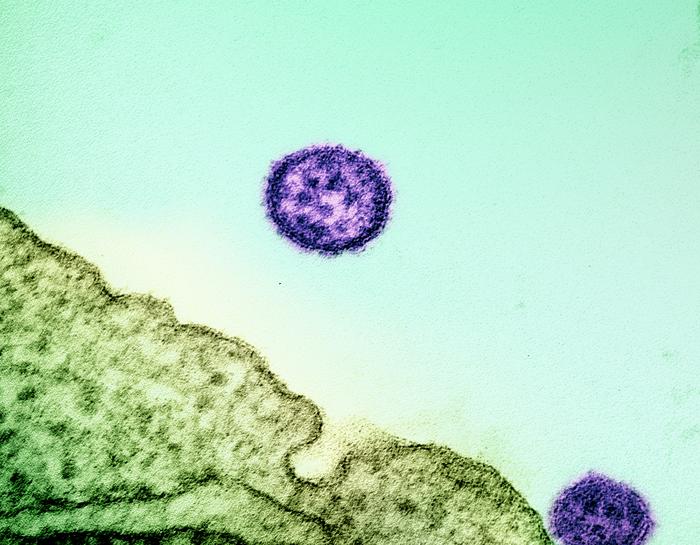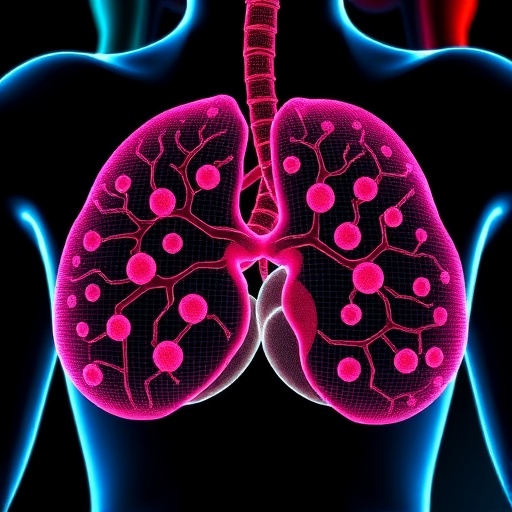A novel vaccine candidate aimed at preventing Lassa fever has entered the critical stage of human trials, sponsored by the National Institutes of Health (NIH). This significant initiative marks a pivotal moment in the ongoing battle against a viral hemorrhagic disease that claims lives and causes severe long-term health complications, such as permanent hearing loss, in a substantial proportion of those affected. The trial is taking place at the University of Maryland School of Medicine, where researchers are gearing up to enroll healthy adults in a Phase 1 study designed to evaluate the safety and immunogenic efficacy of this groundbreaking vaccine.
Lassa fever, endemic to several West African nations, is transmitted primarily through contact with multimammate rats, the natural reservoir of the Lassa virus. Human-to-human transmission also occurs, particularly in healthcare settings, highlighting the urgent need for effective preventive measures. Currently, the absence of antiviral treatments or vaccines poses a significant public health challenge. The NIH sponsor’s anticipation of a vaccine capable of reducing infection rates could lead to considerable improvements in health outcomes across regions plagued by this disease.
At the helm of this groundbreaking initiative is the research team from Thomas Jefferson University in Philadelphia, whose work has paved the way for this candidate vaccine, known as LASSARAB. In a departure from traditional vaccine development, LASSARAB utilizes a novel approach by incorporating elements from a live rabies virus vaccine, which has been genetically engineered to express the glycoprotein precursor complex of the Lassa virus. This innovative design not only enhances the immune response but also helps protect against two viral threats simultaneously, expanding its potential utility in clinical contexts.
Dr. Jeanne Marrazzo, Director of the NIH’s National Institute of Allergy and Infectious Diseases (NIAID), voiced her optimism regarding this candidate vaccine. The transition from laboratory success to human trials represents a promising advancement in the quest to control Lassa fever. By enrolling up to 55 healthy adults aged 18 to 50, researchers aim to assess the safety profile and immune responses elicited by varying concentrations of the vaccine, administered in two doses 28 days apart.
In prior studies conducted on nonhuman primates, the LASSARAB vaccine demonstrated remarkable efficacy; all tested animals were protected from lethal doses of the Lassa virus following vaccination. This preclinical success underscores the vaccine’s potential to provide robust immunity against Lassa fever, particularly when facing potential outbreaks among vulnerable populations. If proven successful in humans, the vaccine could not only mitigate Lassa fever’s impact but also address rabies, showcasing the efficiency of dual-action immunization strategies.
Through ongoing assessments, researchers hope to ascertain the safety of the vaccine candidate in human subjects, an essential consideration given the historical challenges of vaccine development against viral hemorrhagic fevers. Participants will also receive a licensed rabies vaccine as a control, providing essential comparative data and reinforcing safety protocols throughout the trial.
As news of this clinical trial spreads, it sparks hope among health officials and populations at risk for Lassa fever. The journey of LASSARAB from the laboratory to the point of administration exemplifies the rigorous processes that characterize vaccine development, emphasizing the multidisciplinary collaboration required to tackle complex health challenges. Should the LASSARAB vaccine demonstrate safety and efficacy, it could pave the way for expedited approval processes and subsequent public health campaigns.
The urgency of combatting Lassa fever cannot be understated, considering the consequential health impacts it imposes. By engaging in strategies that facilitate vaccine development, researchers are positioning themselves at the forefront of infectious disease prevention. The clinical trial represents more than just a scientific endeavor; it embodies the collective efforts of the global health community united against a common threat.
As researchers delve deeper into the intricacies of the immune response generated by LASSARAB, they anticipate not only insights that could lead to a successful vaccine but also advancements in our understanding of viral interactions. This research offers the chance to unveil potential synergies between different viral proteins and immune mechanisms, which could result in the development of novel therapeutic interventions for viral diseases beyond Lassa fever.
The enrollment process and logistical operations for the trial are carefully tailored to ensure participant safety and data integrity. This includes thorough screening processes for volunteers and ongoing monitoring of participants’ health throughout the study duration. The transparency of clinical trials serves as a crucial component in fostering public trust and support for vaccine development initiatives.
While the scientific community maintains a cautious optimism regarding the outcomes of the LASSARAB trial, the implications of a vaccine against Lassa fever extend far beyond individual health. Successful interventions could significantly alter the trajectory of Lassa fever outbreaks, ultimately improving public health systems’ resilience in regions disproportionately affected by such infectious diseases. As researchers strive to achieve breakthroughs in vaccine science, the global community watches closely, eager for developments that will change the landscape of infectious disease prevention.
Subject of Research: Vaccine development against Lassa fever
Article Title: NIH Initiates Clinical Trials for Lassa Fever Vaccine
News Publication Date: October 2023
Web References: ClinicalTrials.gov
References: Nature Research – 2024 Publication on LASSARAB
Image Credits: NIAID
Keywords: Lassa fever, vaccine development, NIH, clinical trials, infectious diseases, public health.
Tags: health outcomes improvements from vaccineshuman-to-human transmission of Lassa feverimmunogenic efficacy of vaccinesLassa fever vaccine candidatelong-term health complications from Lassa fevermultimammate rats and Lassa virusNIH clinical trial for Lassa fever vaccineNIH-sponsored medical researchPhase 1 human trialsprevention of Lassa feverpublic health challenges in West Africaviral hemorrhagic disease research





